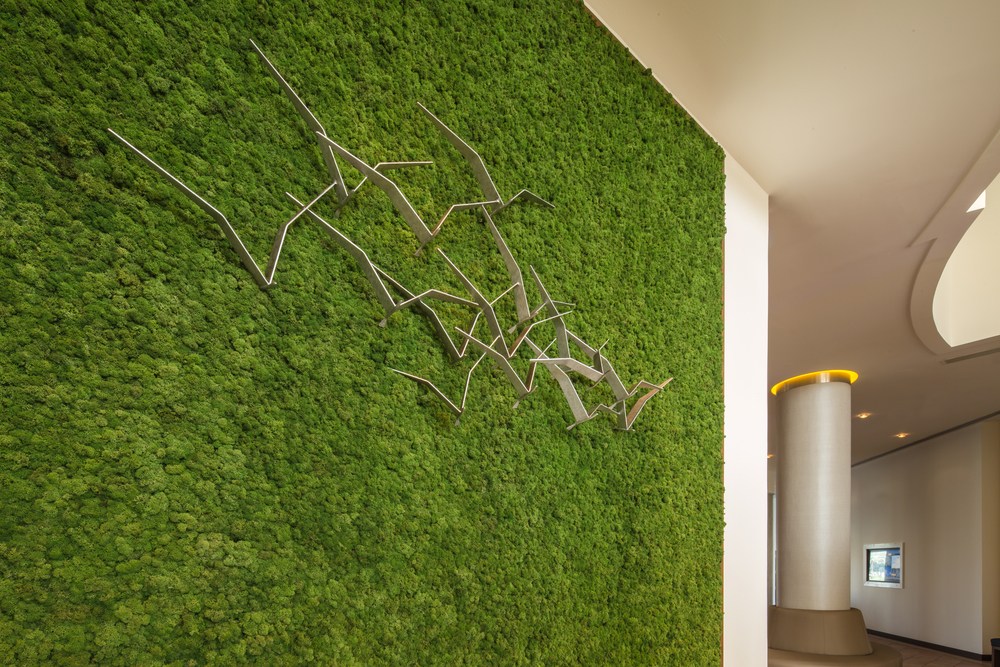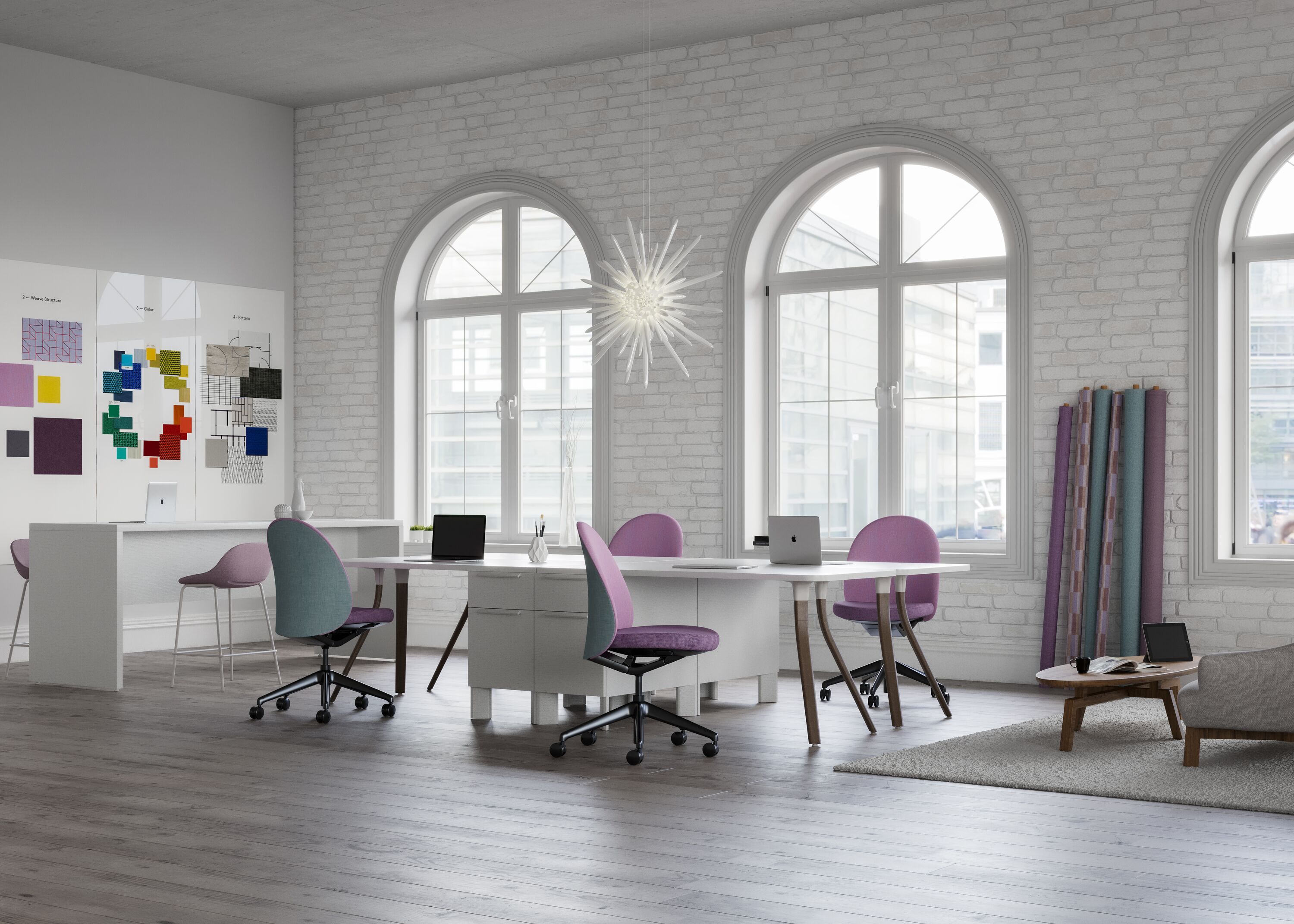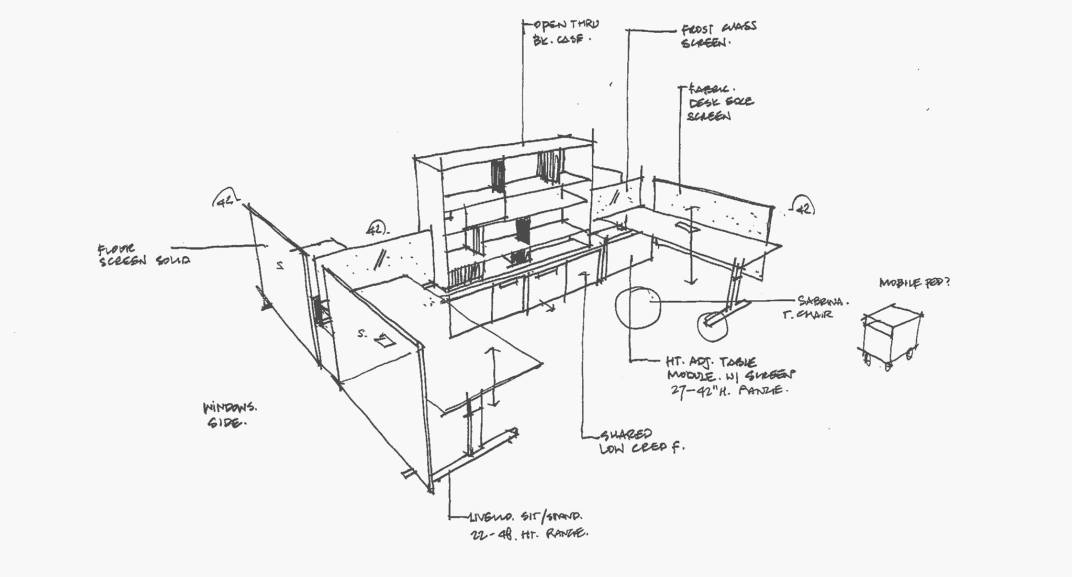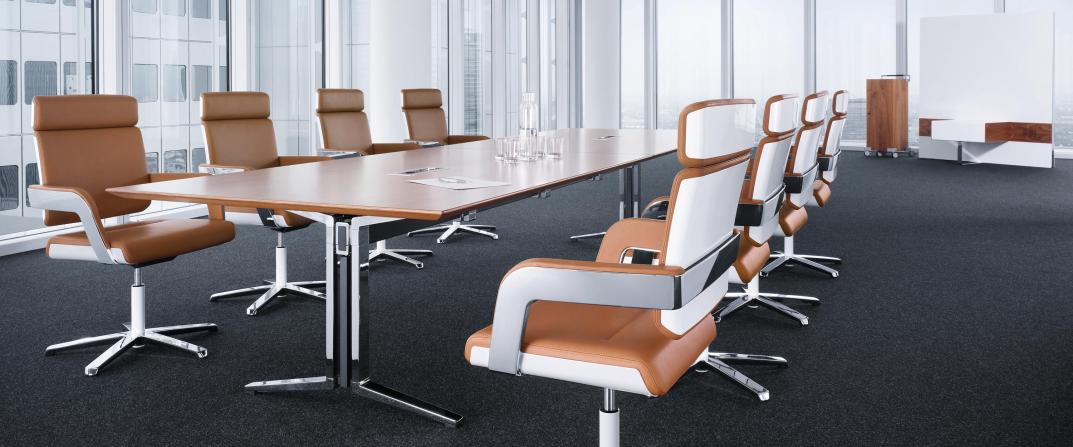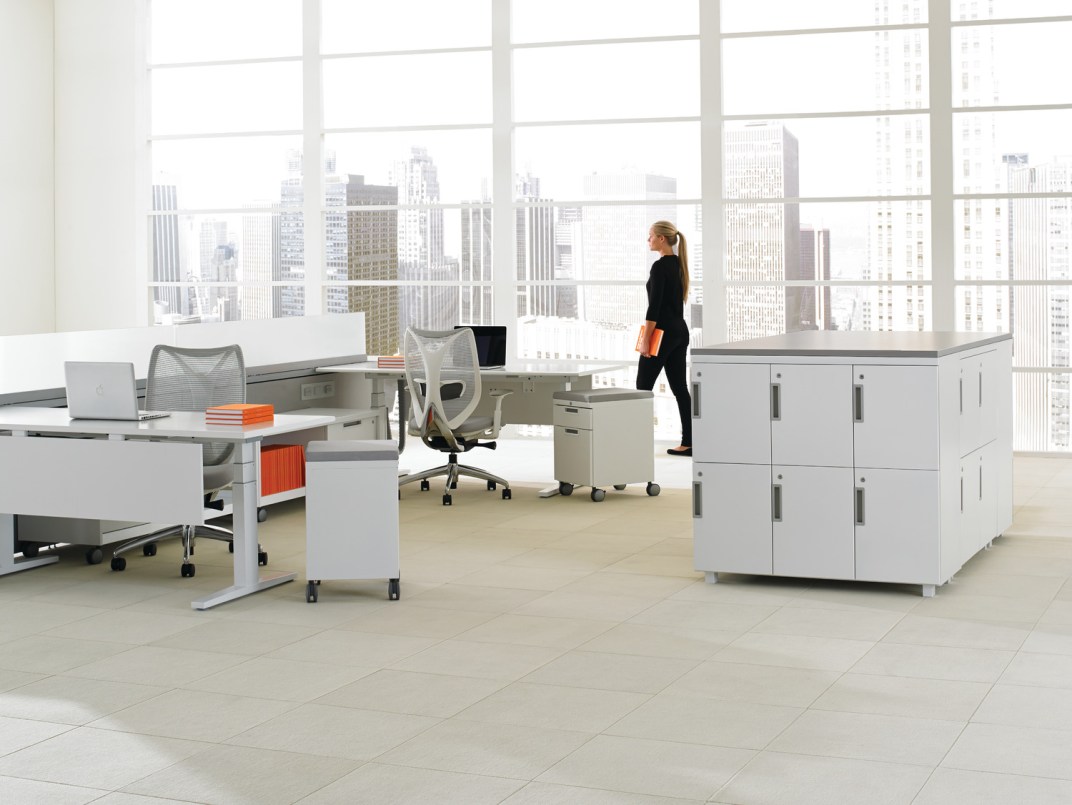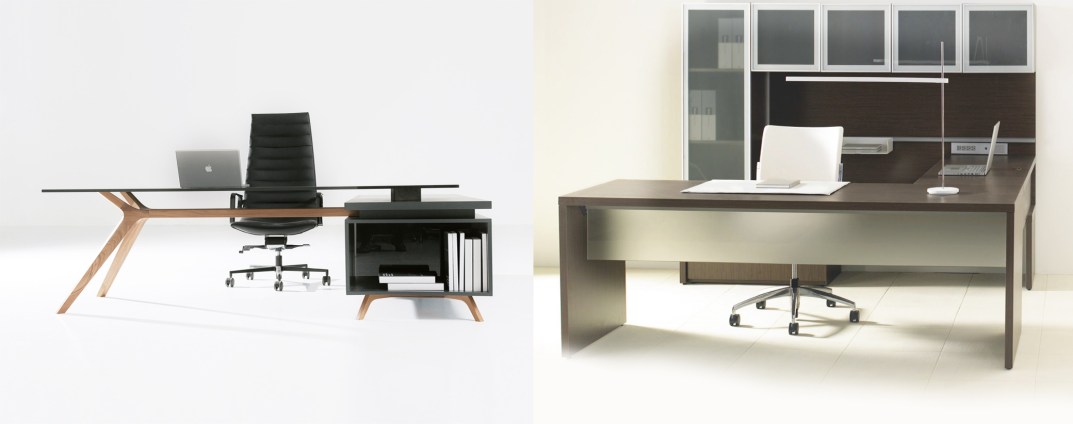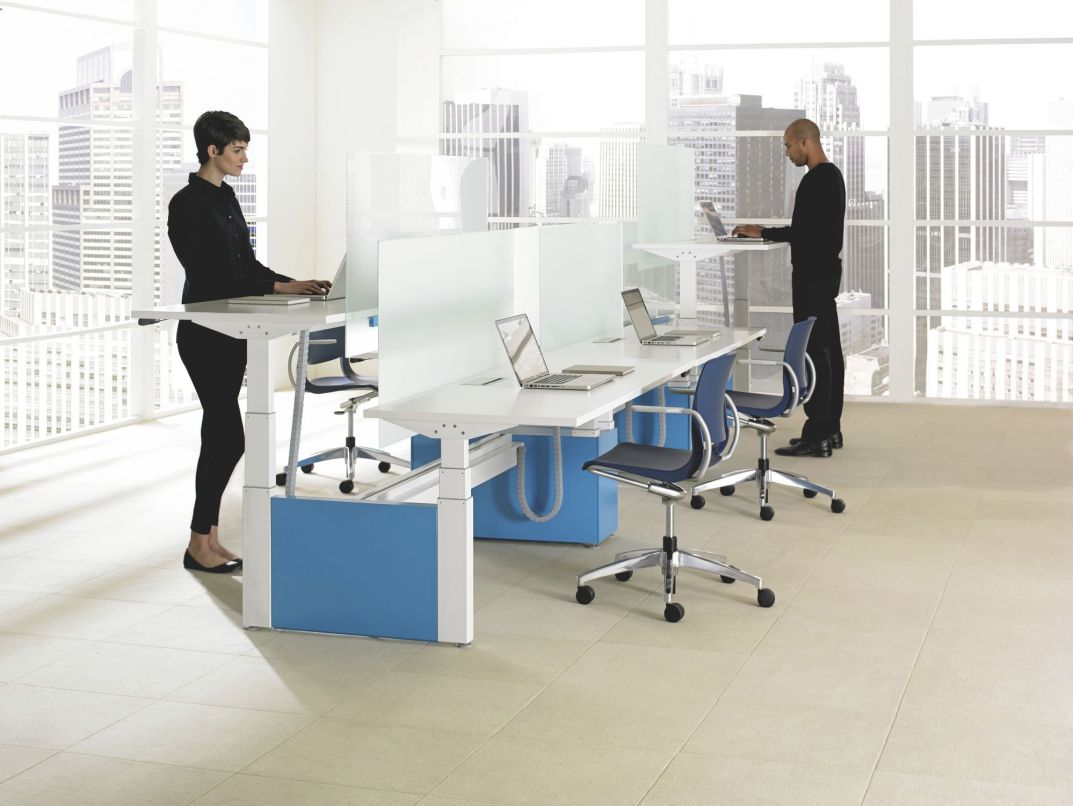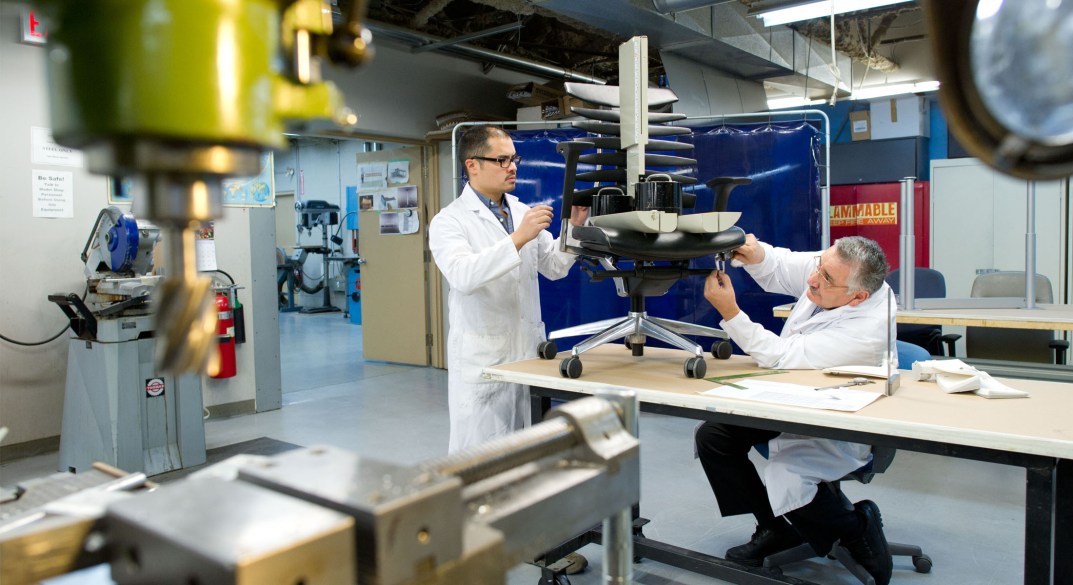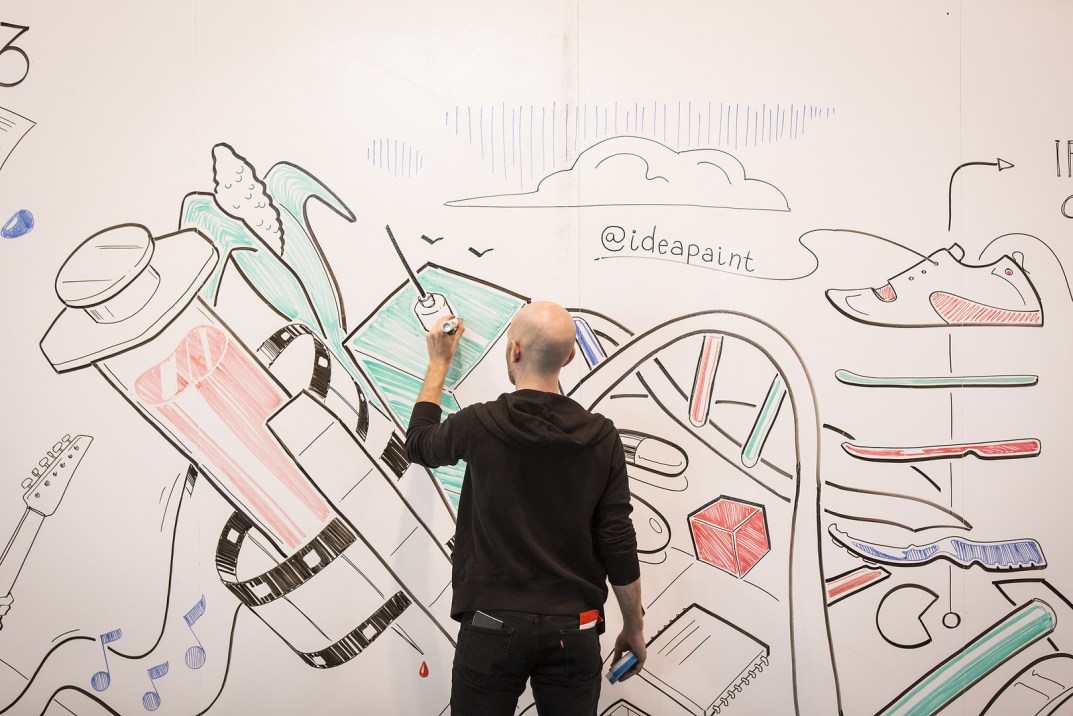Details
3 Point to Consider When Designing Training Rooms
22 Jul 2016Any successful organization understands how a key a well-designed training room is to the office furniture infrastructure. They’re environments dedicated to learning and collaboration of information and ideas of employees. And an organization’s most important assets are the people that make up its workforce. Which is why it makes sense to invest in the right design and products that go into these training environments - a well-trained team and a productive workforce is vital to its survival in a constantly evolving market.
But what makes this a particularly tricky task is the constantly evolving and adding on of so-called ‘must-haves’ to training rooms. With a never-ending stream of new technology and working tools that are constantly changing working and learning habits, it’s getting harder to keep track of the essentials.
When picking the right furniture for your training rooms, it’s just a simple matter of considering 3 major points
1. Setting - How big and for what is the space being used for ?
The intended use for the room and how it will eventually be utilized is important. A training setting that requires one-dimensional instructions from a trainer to trainee requires individual chairs and tables, sometimes even just training chairs with tablet arms to accommodate more people.
Training scenarios that require groups of people require larger sized units that accommodate more users, but also do not take space.
2. Flexibility - Do you need to move around and change the configuration ?
If you’re not sure of how many users are in the room at one time, the flexibility of your products is an important consideration. It’s ideal in this case to pick products with castors that can be moved around or re-configured into various settings. Flip-top tables are a great feature - they allow for minimizing the space taken and allow tables to be stored in one corner when not being used. The same goes for stackable chairs.
Another important consideration is writeable surfaces. Conventional tools like whiteboards and flipcharts have always been around. But working styles have evolved to be a lot more dynamic and integrated into the very furniture we use. Writing on notepads are being phased out to typing down notes on smartphones and tablets.
Teknion seems to have recognized the need for a dynamic learning environment and have since launched their new Thesis range of training tables. It allows additional flexibility and functionality with most it’s modular portable design as well as flip-top ( and inverted ) writeable surfaces.
3. Technology - how connected do you need to be ?
Again, this depends on the type of activity taking place. A simple learning session may not require electrics. But we all know how the current generation requires constant connectivity. It would be smart to invest in power + data ports on your products to avoid the anxiety that comes with not having enough battery on your smart device.

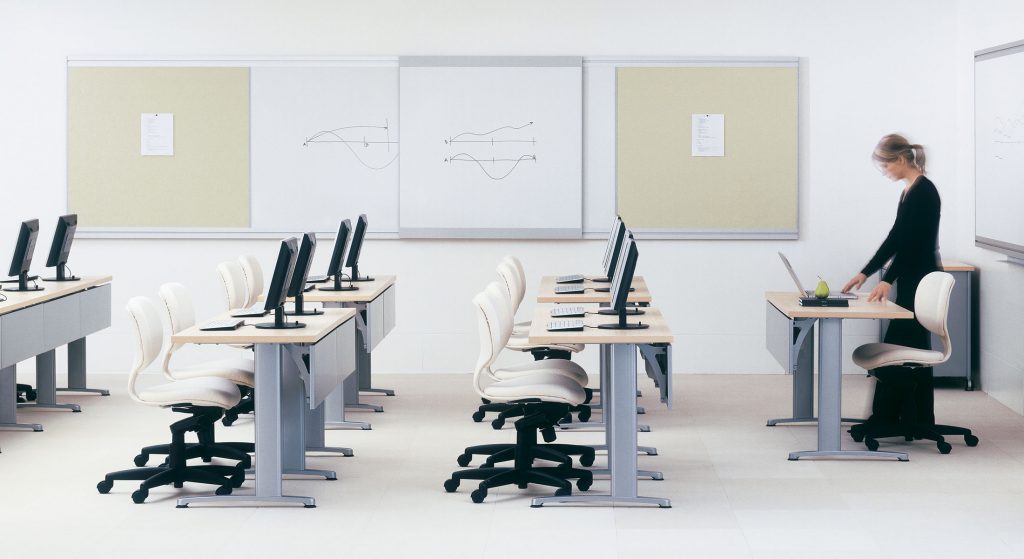
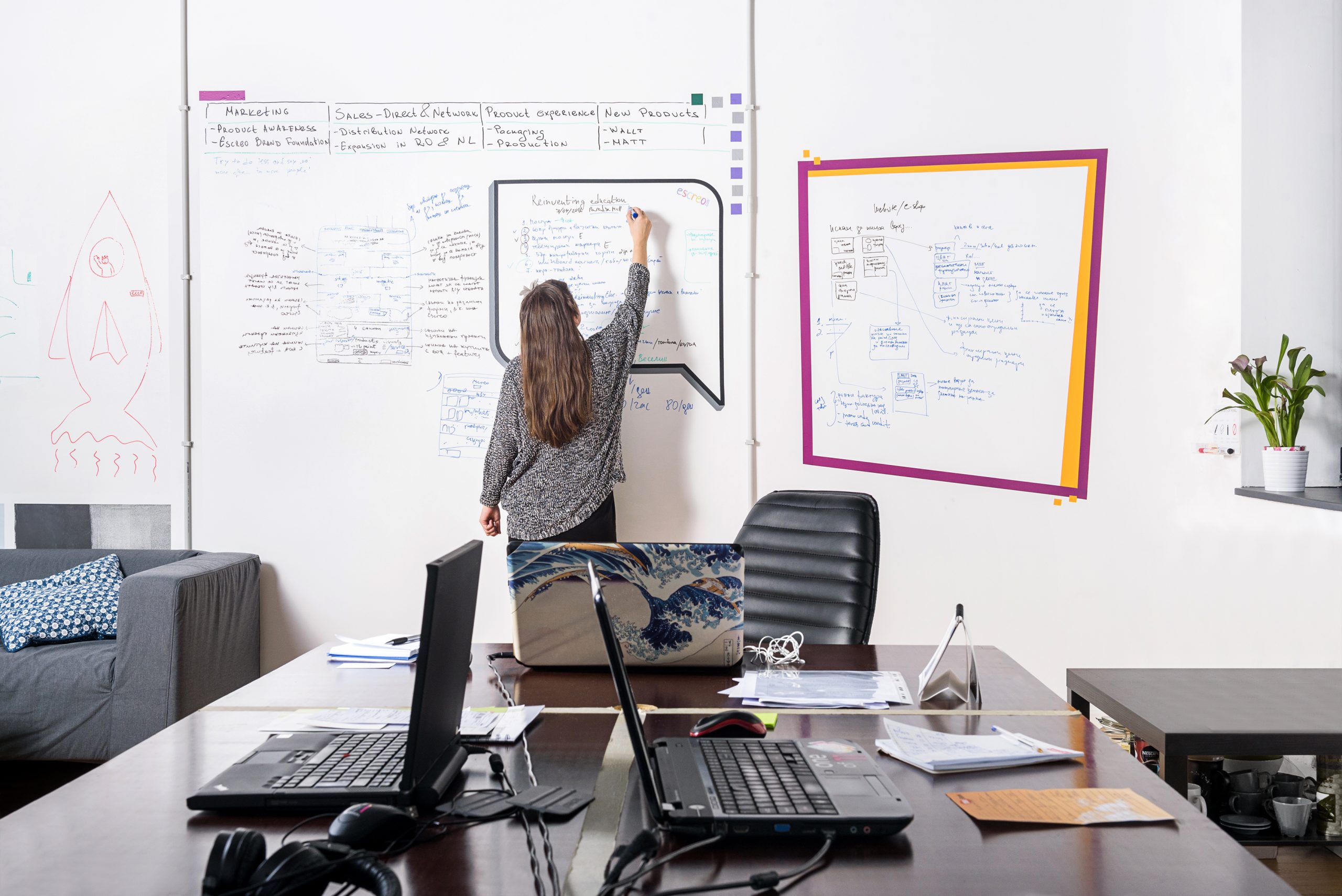
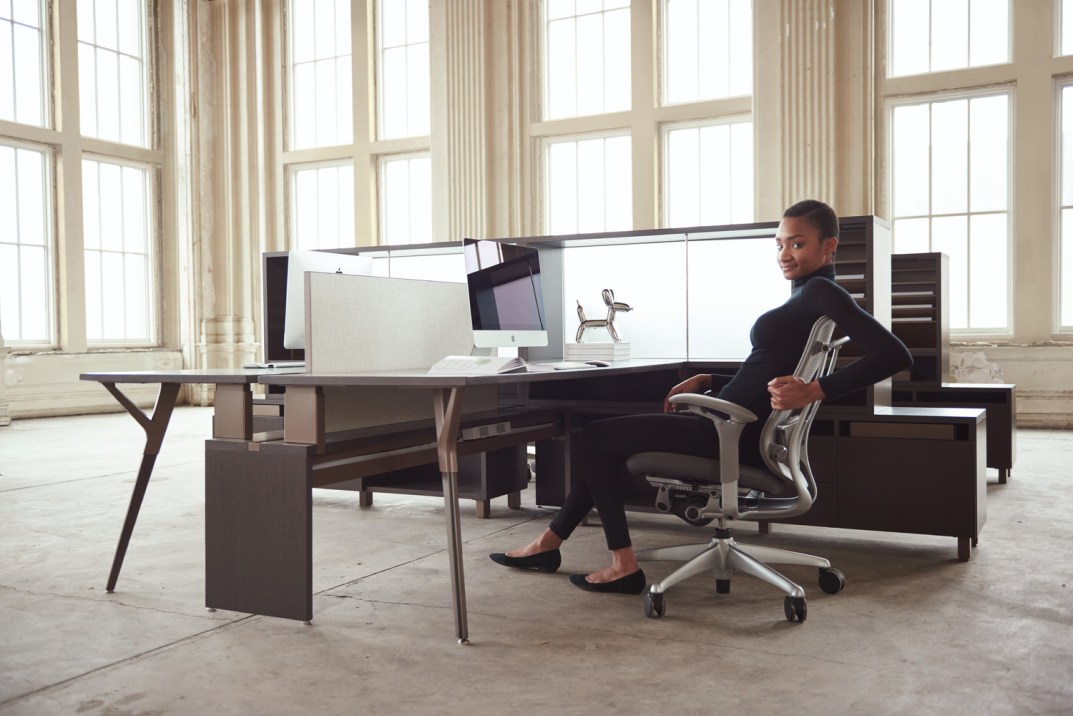
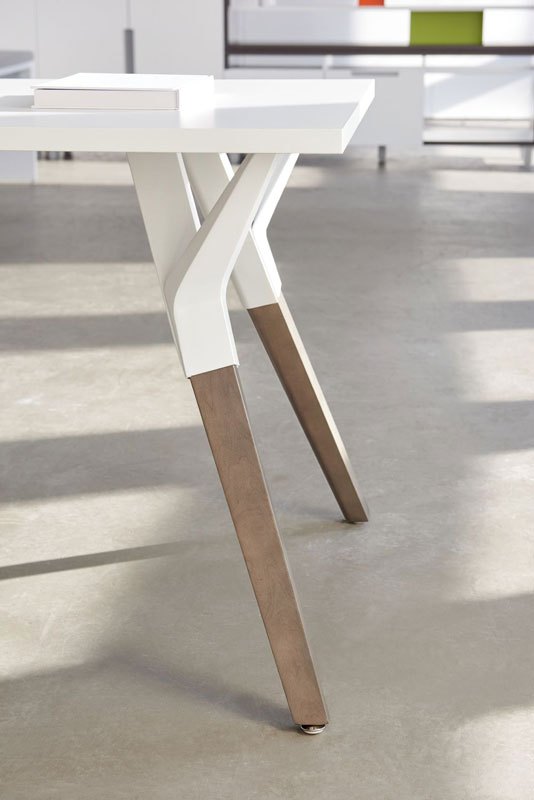

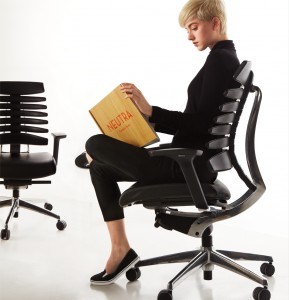
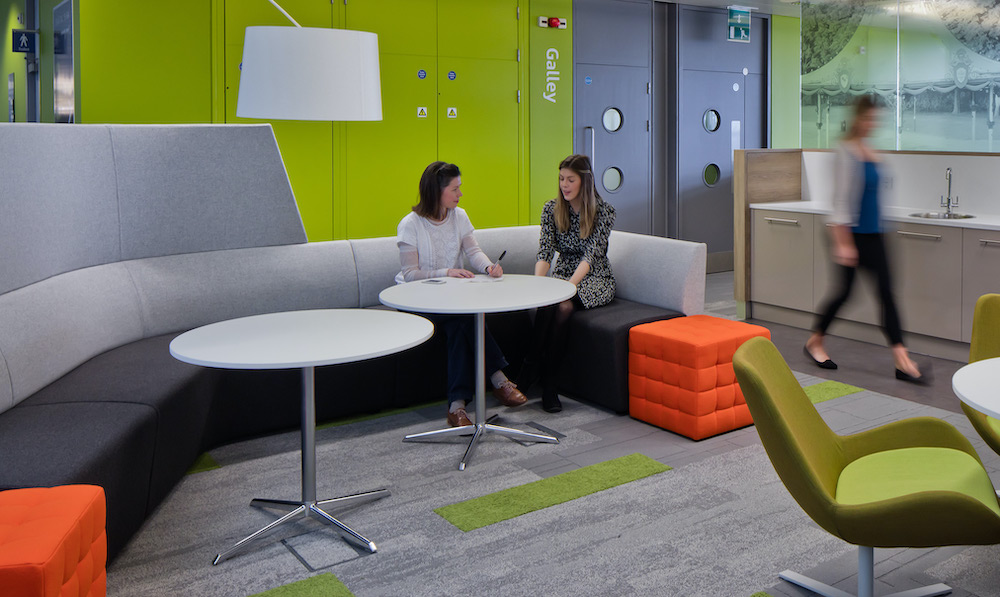
.jpg)
